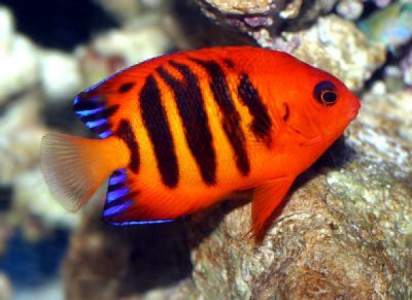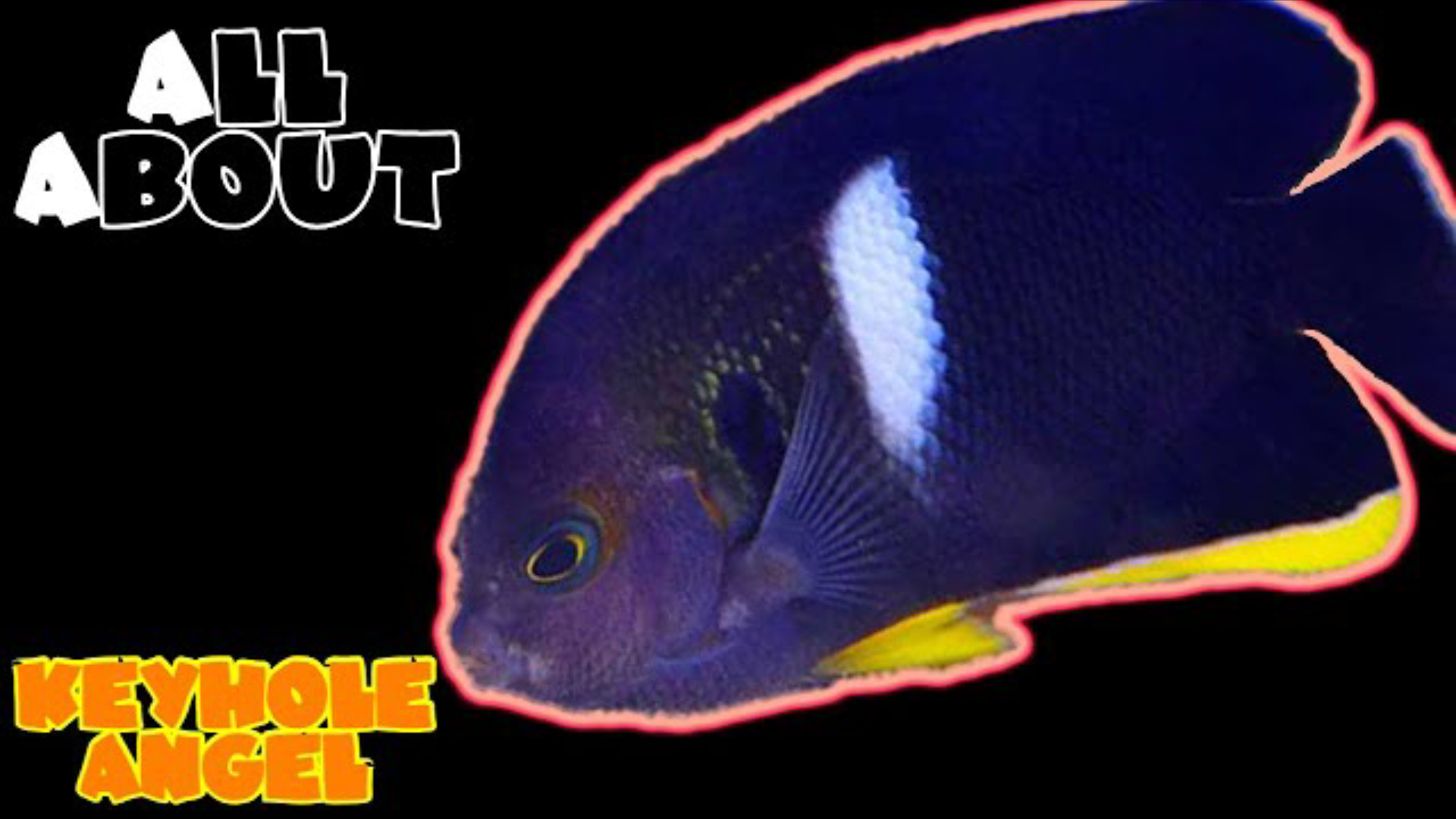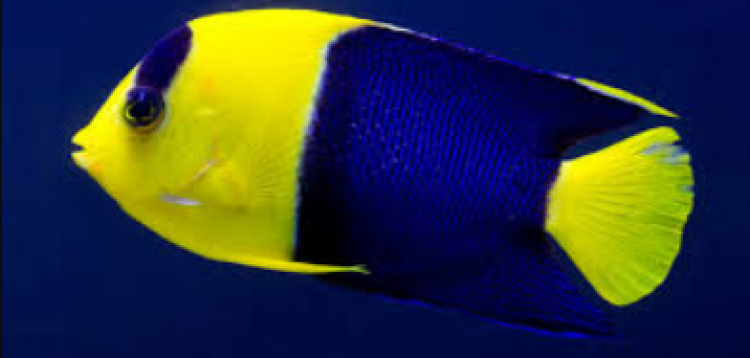- Name:
Flame Angelfish
(View AKA's) - Family: Pomacanthidae
- Species: Angel Dwarf
- Scientific Name: Centropyge loricula


General info about Flame Angelfish
The Flame Angelfish is a flashy addition to many aquariums. One of the most popular of the dwarf angelfish, the Flame Angelfish is a bold red/orange color with vertical black stripes highlighting the body and horizontal black stripes along the caudal portions of the blue-tipped dorsal and anal fins.
Flame Angelfish Diet & Nutrition
In the wild, the diet of Centropyge loricula or Flame Angelfish consists of algae and crustaceans. In captivity, the fish may be fed with a variety of diet which includes brine shrimp, mysis shrimp, clams, marine algae such as Spirulina, seaweed sheets, and some pellets. They should be fed 3 times per day with small amount of food.
Determining Sex of Flame Angelfish
Flame angels are sexually dichromatic, meaning different sex vary in their coloration. Indication of a male flame angel is the more pronounced blue streaks found on its dorsal and anal fins and its size is relatively larger compared to the female.
Breeding & Spawning Flame Angelfish
Records of breeding and spawning of Flame angelfish in captivity have shown success, however difficult. Like other dwarf angelfish, Flame angelfish are broadcast spawners and fertilize their eggs externally.
A dominant male will court the female Flame Angelfish at dusk or before dimming the lights by soaring above her. He then hovers above her, extends his fins, and tilts at a 45-90 degree angle. The female then follows the male at the top of the aquarium. The male then rubs his nose into the side of the female. They then release eggs and sperms simultaneously at the top for external fertilization. Eggs will hatch within a day and should be fed with microscopic algae after 2 to 3 days from hatching. However, collecting the eggs and raising the larvae is the biggest challenge for hobbyist.
Thus, it is recommended that tanks that are deeper and have a stable lighting schedule are best for breeding Flame angelfish in captivity.
Common Diseases with Flame Angelfish
Angelfishes such as the Flame Angelfish might be able to contract common bacterial diseases such as Cotton wool disease, Vibrio bacterial disease, and Fish tubercolosis. Cotton wool disease is exhibited as an expanding translucent layer that eats away on the skin. Vibrio Bacterial disease on the other hand are exhibited by Dropsy, Popeye, Bleeding or Red Streaks on the skin. Lastly, Fish T.B. usually shows up as a loss of color and swelling of the body. It can also display blood streaks and blood spots anywhere in the body.
Aside from bacterial diseases, angelfishes my be affected by common reef scourges such as the Crypt or White Spot Diseases and Velvet Disease. Tiny white spots on the skin of the fish is one of the tell-tale sign of infection of the Crypt while dusty golden film on the skin or the eyes of the angelfish will detect the presence of Velvet Disease.
They may also be affected with physical ailments due to poor tank conditions and incompatible tankmates.
Flame Angelfish Origin
Flame angelfish are distributed throughout the tropical waters of the central Pacific from the Philippines, east to Pitcairn Islands, and Tonga, north to Northern Marianas and Hawaii, and south to New Caledonia and Queensland in Australia.
Caution with Flame Angelfish
As with most dwarf angels, flame angelfish can be agressive towards their own species or fishes with the same size and coloration. They are most aggressive towards newly added fish that are similar in shape or eating behavior. It is best to add them in a tank community with docile tankmates.
It is highly recommended that they are kept in fish-only-live-rock tank setup but they can be also added in reef tanks but with caution. This dwarf angel likes to have lots of live rock with algae growing on it to pick on natural food and have enough territory. They are known to nip on corals and other sessile invertebrates if they are not provided with enough space.
Acclimating Flame Angelfish
The flame angelfish is known to be shy when first added to an established aquarium, especially smaller specimens; but, within a week, it will gain confidence and is then constantly seen grazing around live rock during the day.
They should have enough territory and space to avoid being aggressive to fishes that are just swimming by.
Original Detail
| Name | Species | Family | Scientific Name | More Detail | Added by |
|---|---|---|---|---|---|
| Flame Angelfish | Angel Dwarf | Pomacanthidae | Centropyge loricula | The Flame Angelfish is a flashy addition to many aquariums. One of the most popular of the dwarf angelfish, the Flame Angelfish is a bold red/orange color with vertical black stripes highlighting the body and horizontal black stripes along the caudal portions of the blue-tipped dorsal and anal fins. |
PalaciosAn |
Changed by users
| Submitted Date | Submitted By | Status | Action |
|---|



